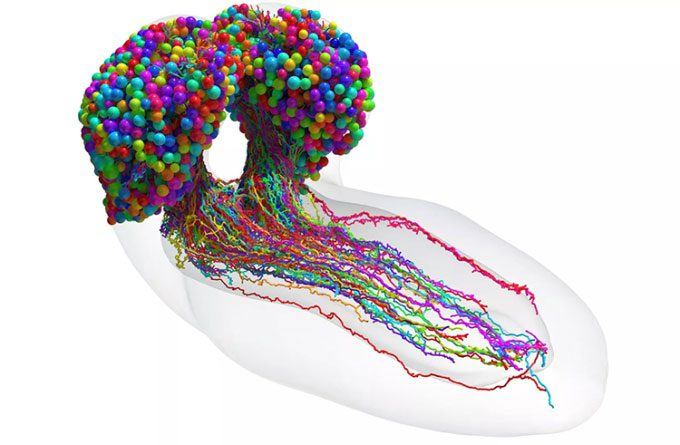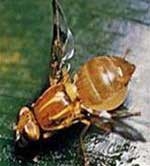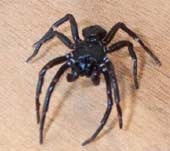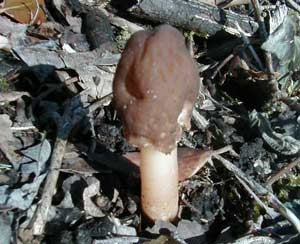Scientists Create a Comprehensive Brain Map of Fruit Fly Larvae, Revealing All Neurons and Synapses.
According to a report published in Nature on March 9, a research team of 20 scientists from the UK, the US, and Germany has spent 12 years meticulously working to construct a complete brain map of the fruit fly larvae (Drosophila melanogaster). This map illustrates the location of all 3,016 neurons and 548,000 synapses, where cells can send chemical messages to one another, thereby triggering electrical signals that travel along the pathways of the cells.
The research team also classified 93 distinct types of neurons, which vary in shape, function, and how they connect with other neurons. This classification aids scientists in better understanding the movement of electrical signals from one neuron to another.
“If we want to understand who we are and how we think, we cannot overlook the mechanisms of thought, and the key to that is knowing how neurons connect with each other,” emphasized biomedical engineer Joshua T. Vogelstein from Johns Hopkins University, a co-author of the study.

The map illustrates the complete collection of neurons and synapses in the brain of fruit fly larvae. (Image: Johns Hopkins University/Cambridge University)
To create this stunning map, the research team scanned thousands of brain slices of the fruit fly larvae using high-resolution electron microscopy, then stitched the images together and meticulously marked each connection between the neurons. This process included cells communicating with each other within each hemisphere of the brain as well as between the two hemispheres.
The brain hemispheres have many important and unique functions, but how they integrate and utilize information from each side for complex behavior and cognition remains poorly understood.
The resulting map has surprised scientists in many ways. For instance, we tend to think that neurons send messages through long cables called axons and receive messages through shorter, branched cables known as dendrites. However, there are exceptions to this rule, and it turns out that axon-axon, dendrite-dendrite, and dendrite-axon connections account for about one-third of the synapses in the fruit fly larvae’s brain, according to the study’s first author, Michael Winding from the Zoology Department at Cambridge University.
Vogelstein noted that the fruit fly’s brain is also surprisingly “shallow,” meaning sensory information passes through very few neurons before reaching a neuron that can control the fruit fly to perform a physical behavior. To achieve this level of efficiency, the brain has pre-integrated “shortcuts” between pathways, somewhat similar to circuits in advanced AI systems.
The complete brain map of the fruit fly could pave the way for many advancements in the future, such as more energy-efficient AI systems and a better understanding of how humans learn.
“Humans do things like making decisions, learning, navigating environments, and eating… and so do flies. There is a good reason to think that the mechanisms flies use to perform these types of cognitive functions are also present in humans,” Vogelstein added.





















































